Perimenopause, also called premenopause, most commonly manifests as a change in the character of the menses—they can become irregular, last more or fewer days, and be associated with cramps or PMS, hot flashes, spotting, and/or clots in the menses flow. Perimenopause most commonly begins in the late 40s—though ages range from the mid-30s to the mid-50s—and continues until the menses stop completely.
During perimenopause all four ovarian hormones are decreasing. Progesterone and testosterone drop gradually, while estrogen is the last hormone to drop. Ninety percent of the symptoms of perimenopause are related to a drop in progesterone level. Yet this critical piece of information is often overlooked, and instead women are often started on estrogen replacement therapy at this time. Ironically, many of their symptoms in fact represent estrogen dominance.
The reduction in testosterone is rarely a problem in perimenopausal women. The DHEA level, as measured on a lab test, may sometimes drop enough to require supplementation.
The Typical Perimenopausal Patient
Our typical perimenopausal female patient is experiencing many of the above symptoms. She is 48 years old and starting to put on weight. Her libido is diminishing, and she gets sleepy in the afternoon.

The key lab result to note in this patient’s case is that she still has enough estradiol to have a period, while her progesterone level has dropped significantly. (Normal levels on day 20 are 26–28 ng/mL.) Thus I would by no means give her estrogen, or more specifically, estradiol.
DHEA
The ovaries produce about 40 percent of a woman’s DHEA, and the adrenal glands produce the rest. Thus, with menopause, the DHEA level drops too. DHEA seems to support the immune system and helps the body heal. It affects the level of growth hormone and is considered a prohormone, as it down-regulates into other hormones such as testosterone and estradiol, especially in women.
During the teenage years, DHEA is the most prolific steroid hormone in the body. As a person ages, its level gradually decreases. For this reason, some researchers feel that the DHEA level in the blood represents a biological marker for aging. Indeed, people with the highest DHEA levels seem to be blessed with the greatest longevity.
Because DHEA appears to provide many benefits for the body, I prefer seeing the DHEA level over 100 ug/dL in women after menopause, and ideally between 200 and 250 ug/dL, similar to levels of women in their 30s. I make this recommendation because DHEA appears to be a very important hormone in the early years, and some of these benefits might carry on through the later years, especially since DHEA is linked with increased longevity. Unlike other hormones such as progesterone, thyroid, and testosterone, when DHEA is replaced it does not necessarily eliminate symptoms and make people feel better.
For this patient, I would recommend starting with 10 mg per day, gradually increasing to 25 mg per day, if she does not experience side effects such as acne.
Other Lab Test Results
Looking at other numbers in this woman’s lab test report, it is evident that her thyroid level is low-normal, which is consistent with hypothyroidism. This condition is addressed in the chapter on thyroid.
Additionally, her low HDL cholesterol and elevated triglyceride levels indicate that she has syndrome X, the number one predisposing factor for type 2 diabetes. Syndrome X is associated with a high level of insulin resistance.
Syndrome X, also known as metabolic syndrome, is characterized by a cluster of conditions including high blood pressure, elevated blood sugar, abnormal cholesterol or triglyceride levels, and excess body fat around the waist. These factors increase the risk of heart disease, stroke, and type 2 diabetes.
The drop in progesterone explains her menstrual symptoms. It is also the reason for the decrease in her libido, as well as the onset of sleepiness—a sign of hypoglycemia—in the afternoon. Needless to say, the treatment for this woman is progesterone cream. I would start her on a 5% (50 mg per gm) cream, three times a day.
Since progesterone helps the uterus to heal, starting the cream may initiate some temporary menstrual changes such as spotting between periods, an increase in the length of periods, or the onset of two periods per month. Taking the cream may also lead to the onset of menopause because an increase in progesterone causes a drop in luteinizing hormone.
The Risks of Estrogen Replacement for Perimenopausal Patients
Ironically, a prime example of the risks involved in prescribing estradiol for perimenopausal women is actress Suzanne Somers, who has written several books on the benefits of natural hormone replacement therapy and is regarded by many as the spokesperson for all things bio-identical. When she went into perimenopause, Somers was seeing an endocrinologist who, even though Somers was still having periods, put her on bio-identical estradiol, the strongest estrogen, at a dose of 8 mg per day. This is eight times the usual dose. She was not given progesterone to protect her from the negative side effects of the estradiol. Sometime after this she developed breast cancer.
After receiving treatment for the cancer she went back to this same doctor, who placed her right back on estradiol and again failed to protect her with correctly administered progesterone cream. Subsequently, she started bleeding from the uterus, couldn’t stop, and underwent a hysterectomy.
Remarkably, in neither of her two books about hormones, The Sexy Years and Ageless, does Somers blame her cancer or her hysterectomy on taking estrogen. In addition, the doctors and hormone authors promoted in her books are all pro-estrogen. In my view, this endorsement of estrogen as the hormone of choice has contributed to a misguided view of bio-identical hormone replacement therapy.
For example, a key figure in Somers’ book Ageless is T. S. Wiley, promoter of the Wiley Protocol, a hormone replacement program involving extremely high doses of estradiol and progesterone. The rationale behind this approach, as Wiley explains in her book, Sex, Lies, and Menopause, is that as women approach menopause, the pituitary gland goes into a “death spiral.” Sadly, we know the end of her story.
Wiley contends that since a woman can no longer reproduce, the pituitary gland “feels” there is no reason for the woman to keep on living so it starts to shut down. To prevent this death spiral, Wiley says, hormones should be replaced to the levels a woman had when she could conceive. In fact, in most cases of women following the Wiley Protocol, their periods resume as well. I do not believe that this represents a logical approach to dealing with menopausal issues.
Most of the female patients who have come to my office for help with their hormones have been in their 40s or older, and the majority have been in the end stages of hormonal imbalance. They have come in with histories of fibroids, endometriosis, polycystic ovary syndrome (PCOS), miscarriages, post-partum depression, the inability to conceive, hysterectomies, breast cancer, and so on.
Every one of these conditions is a result of estrogen dominance in association with a deficiency of progesterone. In other words, every one of the conditions suffered by these women could have been prevented through proper balancing of hormones when they were younger.
Up to now, women’s hormonal issues have primarily fallen within the province of ob-gyns, who have been trained that the “cure” for the gynecological problems of young women is either birth control pills or surgery. Birth control pills push these young women into estrogen dominance because they stop ovulating and therefore no longer have progesterone to balance their estrogen. The progestins in birth control pills, meant to balance the estrogen, in fact produce the same side effects as estrogen—they are not progesterone.
In addition to the estrogen in birth control pills, young women today are constantly exposed to exogenous hormones from birth. There are xenoestrogens in plastics and other estrogens commonly found in beef and chicken. If cows are given growth hormone to increase milk production, that hormone can show up in the milk.
It is no wonder that some girls now begin menstruating at the age of eight or develop breasts at a young age, and that estrogen dominance is increasingly common among young women.
The cultural and environmental changes required to address this situation are well beyond the purview of this article. However, as the old expression says, “You fight the fights that you can win.” Healthcare practitioners can make a difference by properly balancing hormones in their patients, including younger women before they reach the age of perimenopause or menopause.
The Young Adult Female Patient
Consider the case of a young adult woman with estrogen dominance. She is 31 years old and is not on birth control pills. She suffers from fibroids and endometriosis, gets cramps, PMS, and breast tenderness before and during her periods, and is on medication for asthma. She has had migraine headaches with her periods since she was 12 years old and has a history of PCOS as a teenager.
She has been pregnant three times, including two miscarriages. During her one full-term pregnancy she manifested the relentless nausea known as hyperemesis gravidarum, gestational diabetes, preeclampsia, and postpartum depression.

This patient presents as a classic case of estrogen dominance. This includes migraine headaches, severe cramps, PMS, and PCOS. As a teenager she consulted a gynecologist, who placed her on birth control pills to relieve the symptoms. However, estrogen relieves these symptoms only about half the time. They are all related to a deficiency in progesterone.
Her progesterone level of 13 ng/ml is within the given range. However, it provides an example of how the reference ranges for hormones can be misleading. Her level on day 20 of her cycle should have been 26 to 28 ng/ml. And her extremely high level of estradiol makes her estrogen dominant regardless of her progesterone level.
After she started the birth control pills her progesterone would have dropped further from a low level to none because she was no longer ovulating. This, of course, would have exacerbated her problems physiologically, although her cramps and PMS may have been relieved. This can be compared to taking pain medication—it relieves the discomfort but does not cure the problem.
The additional problems that developed are all related to a deficiency of progesterone—fibroids, endometriosis, trouble conceiving, and miscarriages. Her problems during pregnancy, including severe vomiting (from hyperadrenalism), gestational diabetes, preeclampsia, and postpartum depression, are all related to a low progesterone level.
According to her history, she is on asthma medication. She will probably be able to stop taking it once she starts on progesterone. Several studies have shown progesterone to be anti-inflammatory. In addition, estrogen, a known cause of asthma, is blocked by progesterone. Progesterone also down-regulates cortisol, which is given to asthmatics in the form of cortisone (prednisone).
Her thyroid tests show that her free T3 and free T4 are at the lower limits of normal, yet her total T4 is higher than normal. It is important to note that estrogen will increase thyroid-binding globulin (TBG), which carries T4, so it is not unusual for total T4 levels to be high in the presence of elevated estradiol levels. Free T4, on the other hand, is unbound and thus not affected by levels of TBG. This is another reason why the free T4 test offers a more accurate assessment of T4 levels. (The menopausal, perimenopausal, and young adult women patients in this chapter all have somewhat low levels of thyroid. This is to be expected, since progesterone is necessary for adequate thyroid hormone production.)
Treatment for this young woman will involve the replacement of several hormones. I would begin with progesterone cream 5%,1/4 tsp (50–100 mg) three times a day, and eventually add thyroid as needed, as well as DHEA 25 mg once a day. Her testosterone level should de- crease as her estradiol level goes down.
A New Frontier
I foresee that the day will come when the standard of care will allow patients like this woman to be treated while they are teenagers to help them avoid the lifetime of misery they otherwise surely face. The relief that proper treatment brings them, even as teenagers, can be dramatic.
A mother once brought her 14-year-old daughter to see me. The girl had had a non-stop headache for four months. I am not aware of anything other than estradiol that can cause this.
While they were sitting in my office, I placed 100 mg of progesterone cream on the girl’s forearm and asked her to rub her forearms together. I also placed some progesterone cream across her forehead. Three minutes later she started crying. Her mother, quite concerned, asked her why she was crying. She looked at her mother and said simply, “My headache is gone.”

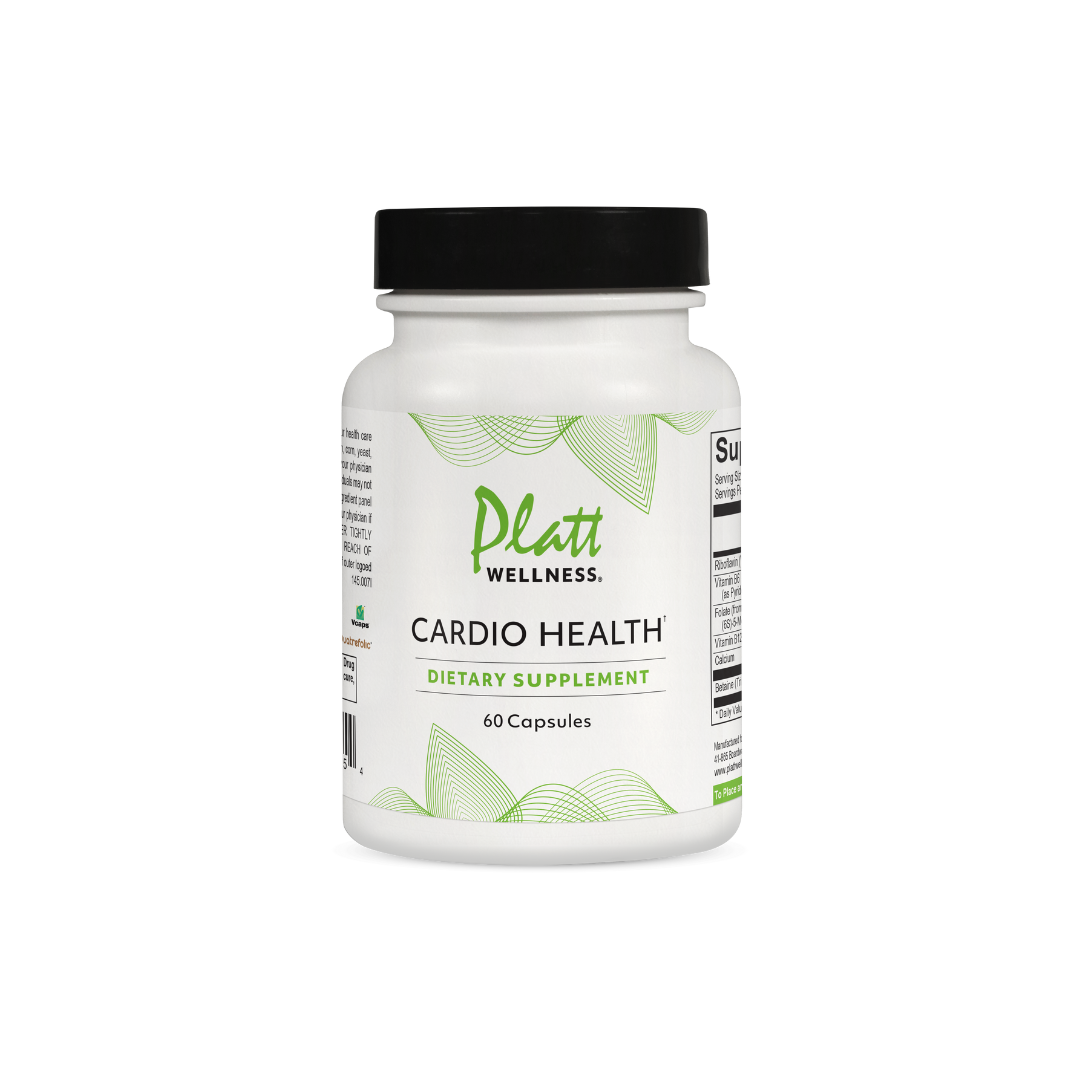
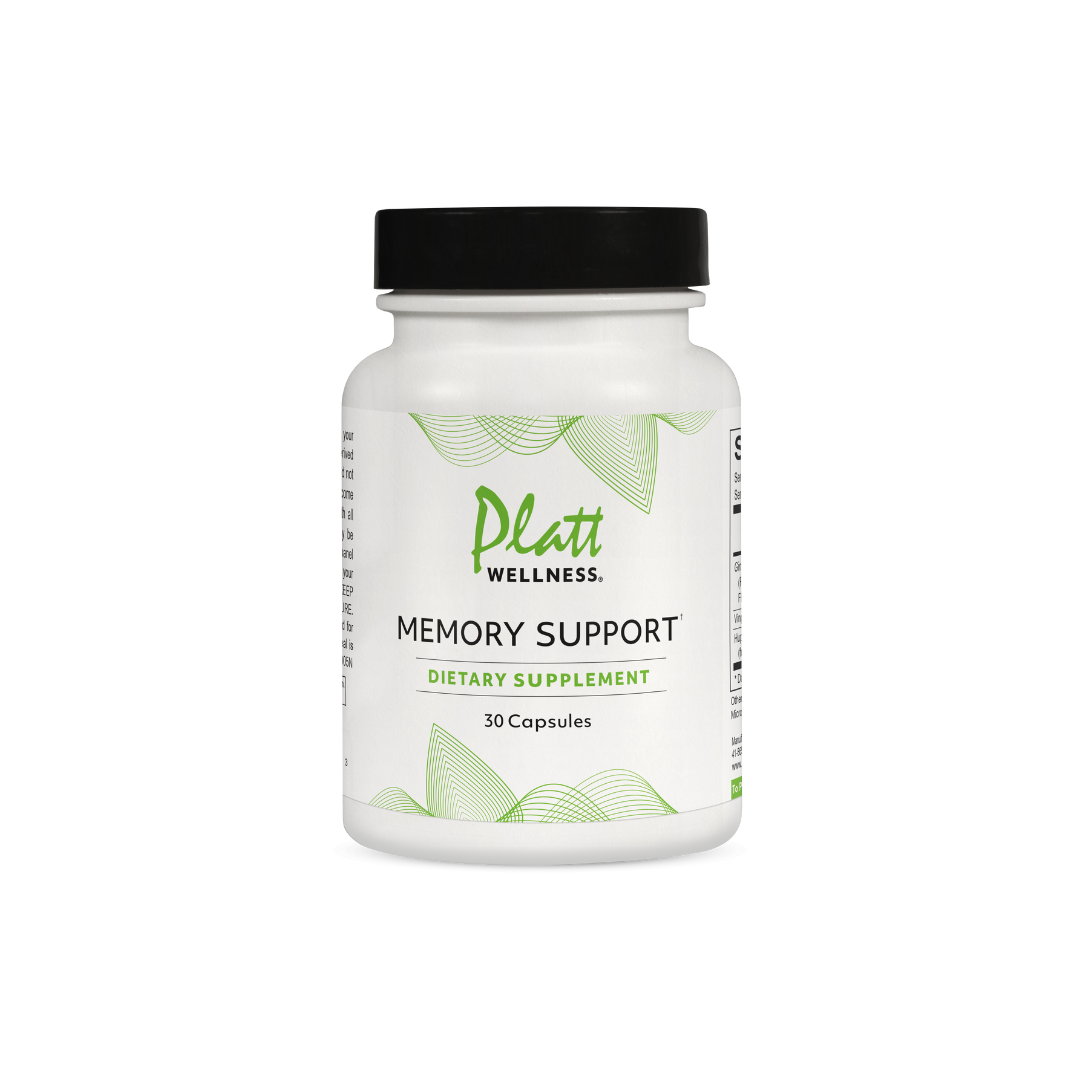
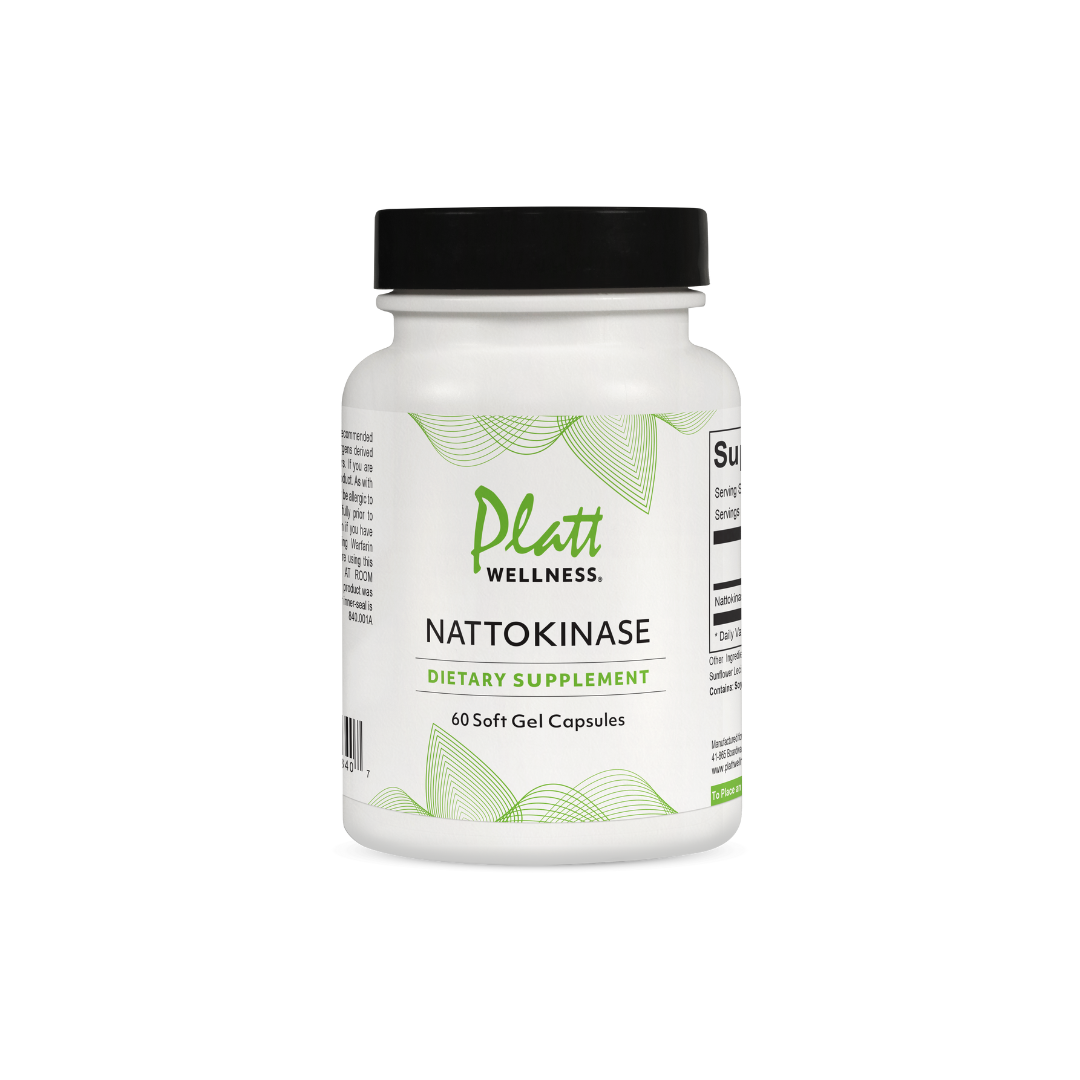
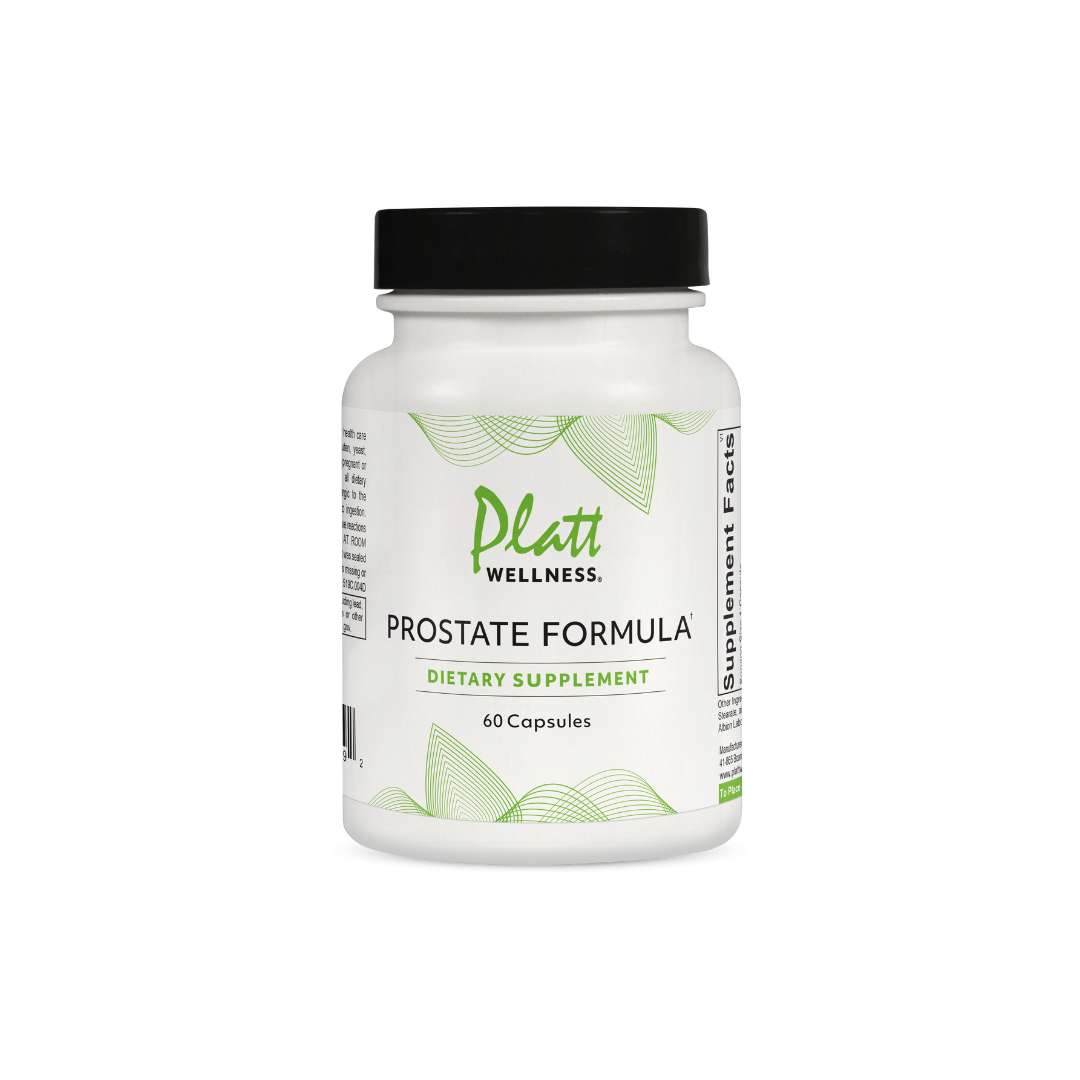





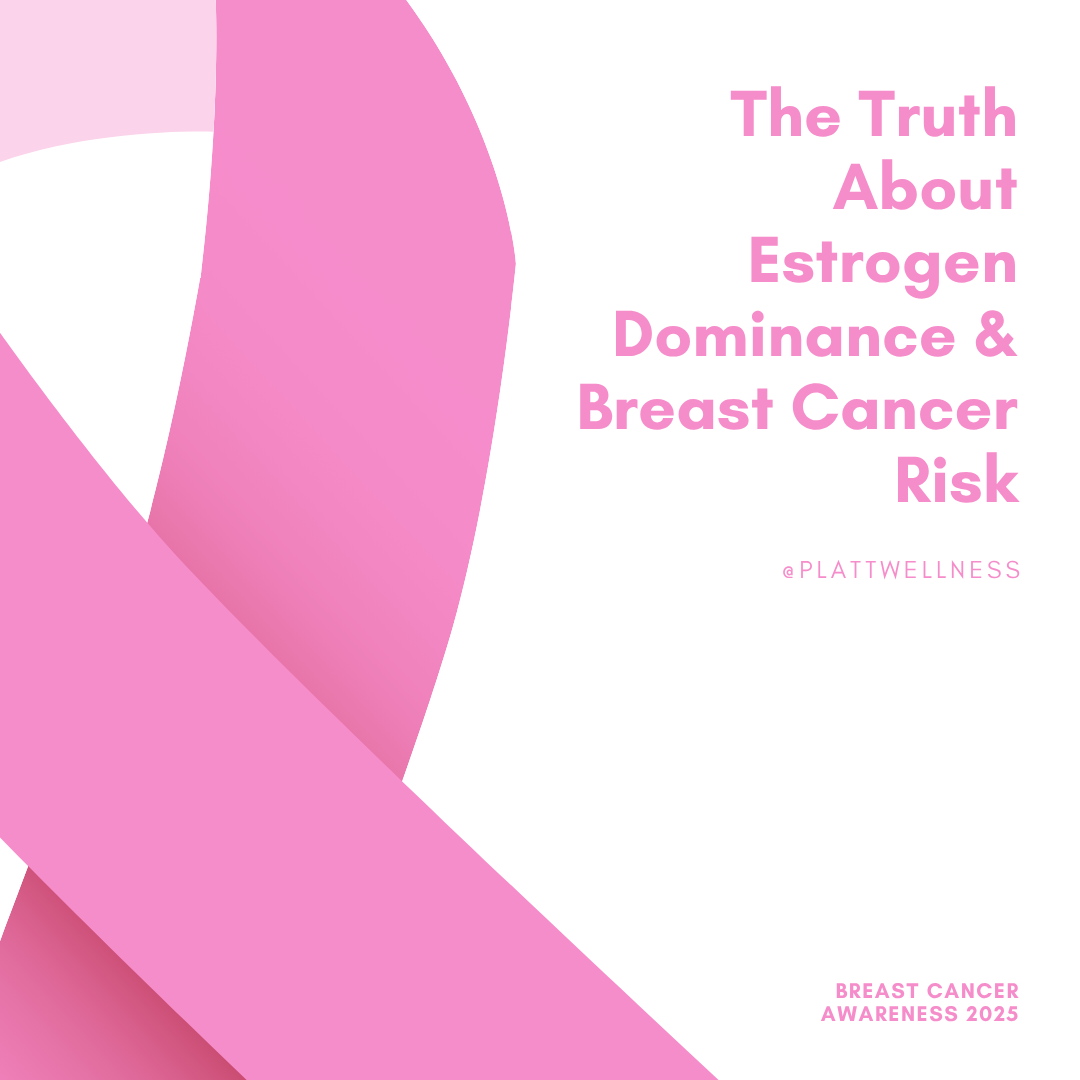
Yazmin – this is excerpted from Dr. Platt’s phycian’s manual which is available by ebook or paperback. Here is a quicklink to Dr. Platt’s Books: https://plattwellness.com/collections/books.
Is this part of a full chapter of a book or something?
I’d like to read more about it.